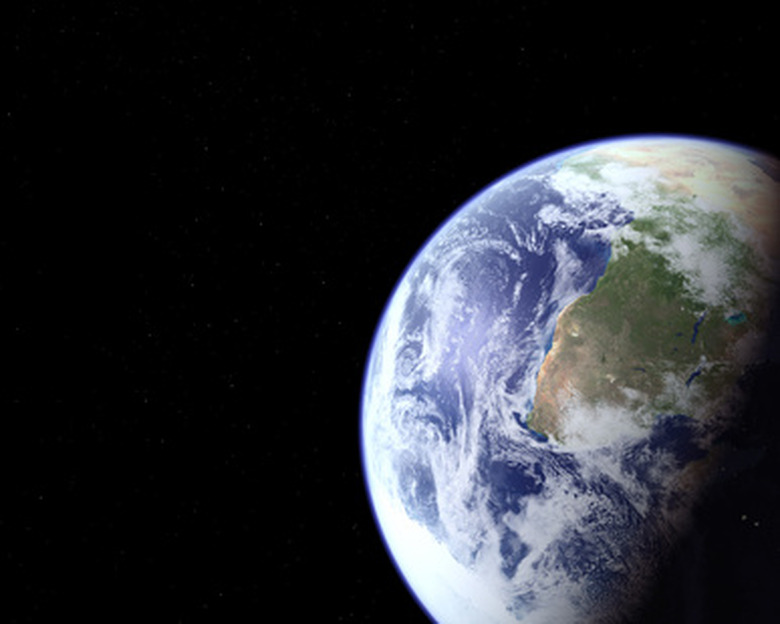Why Is The Rock Cycle Important?
The rock cycle is the continuous succession of rock formation, erosion and reformation. Its forces have shaped Earth's surface for 4.5 billion years. Its life-giving properties are powered by great convection currents in the mantle causing crustal movements (plate tectonics) that form continents, mountain ranges and ocean basins. With time, the Earth's crust has been altered, reformed and eroded to form igneous, sedimentary and metamorphic rocks.
Early Rock Cycle
Early Rock Cycle
Earth's first rocks (igneous) cooled from a melt, forming two general rock types: basalt and granite. Basalt is a dense, iron-rich rock and forms the ocean floors. Granite is a less dense, silicate-rich rock comprising the continents. Their gradual erosion released nutrients into the biosphere.
Formation of Soil
Formation of Soil
Earth's surface is in a slow but continual state of recycling, which ultimately creates soil (the substance in which plants thrive). The dynamic earth allows for its formation, without which there would be no plants or any other life.
Minerals for Life
Minerals for Life
Movements of the Earth's crust release life-sustaining minerals such as sodium, iron, potassium and calcium into the biosphere. Sodium and potassium are crucial for the nervous system, while calcium is an essential component for the synthesis of bones.
Energy
Energy
The rock cycle is predictable and provides insight into the probable locations of energy sources. For example, fossil fuels are found in sedimentary environments while radioactive elements for nuclear energy (uranium) may be found in igneous or sedimentary environments.
Building Materials
Building Materials
Iron, limestone, marble, granite and basalt have been used for building materials for thousands of years. The structures of cities depend on them, their existence borne of the rock cycle.
Gems and Currency
Gems and Currency
Gold, diamonds, rubies and emeralds have been and continue to be used as currency, investments and adornments. Their discoveries were based on knowledge of the Earth's processes and have played a key role in smooth transactions of inter-societal trading.
References
Cite This Article
MLA
Rosenfield, Michael. "Why Is The Rock Cycle Important?" sciencing.com, https://www.sciencing.com/why-is-the-rock-cycle-important-12350606/. 25 October 2017.
APA
Rosenfield, Michael. (2017, October 25). Why Is The Rock Cycle Important?. sciencing.com. Retrieved from https://www.sciencing.com/why-is-the-rock-cycle-important-12350606/
Chicago
Rosenfield, Michael. Why Is The Rock Cycle Important? last modified March 24, 2022. https://www.sciencing.com/why-is-the-rock-cycle-important-12350606/
